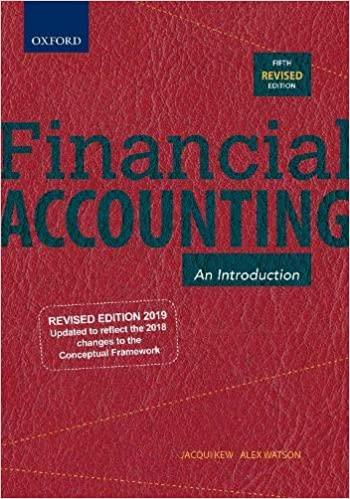







Laura & Co. manufactures three products using three different machines. Selling price per unit are $19 for product 1, $20 for product 2, and $27 for product 3. The costs/unit of producing each product on each machine are shown in the following table: Product 1 Product 2 Product 3 Machine 1 Machine 2 Machine 3 $3.64 $11.79 $3.51 $11.54 $8.35 $4.10 $11.00 $7.83 $11.97 The company wants to determine how many units of each product to produce to maximize profit (contribution) margin. Let Iij = number of units of product i from machine j i = 1, 2, 3 j = 1,2,3 Select the best interpretation for each of the following constraints from the given options: a) 21 +221 +231 100 (6%) Select an answer c) 131 232 233 15 (9%) Select an answer e) -0.62.212 + 0.38222 +0.38132 0 (9%) Select an answer f) -0.38221 +0.62222 +0.62.223 > 0 (9%) Select an answer Select an answer This is not a valid constraint. Ensure that greater or equal to 62% of Product 2 units are produced on Machine 1. Ensure that at most 62% of Product 2 units are produced on Machine 1. Ensure that at most 38% of Product 2 units are produced on Machine 1. Ensure that greater or equal to 38% of products from Machine 2 units are Product 1. Ensure that at most 62% of products from Machine 2 units are Product 1. Ensure that at most 38% of products from Machine 2 units are Product 1. Ensure that 62% of Product 1 and Product 3 units are produced on Machine 1. Ensure that 38% of products from Machine 2 units are Product 1 and Product 3. 1) 15.49.213 + 15.9.223 + 15.03.133 8600 (6%) Select an answer 16.031 + 19.17.032 + 15.03.033 > 8600 (6%) Select an answer k) - 2011 + 121 0 (12%) Select an answer g) 11.79.212 8.35222 8600 (6%) Select an answer Select an answer The total profit margin from Machine 3 should be no greater than $8.600 The total profit margin from Product 3 should not exceed $8.800 The total profit margin from all products should not exceed $8,600 The total profit margin from all machines should be no greater than $8,800 The total profit margin from from all three products should not be lower than $8,800 The total profit margin from Machine 3 should not be below $8.800 The total profit margin from Product 3 should not be lower than $8.800 The total profit margin from all three machines should not be below $8.600 PSICOWE j) 16.031 + 19.17.232 + 15.03.033 > 8600 + (6%) Select an answer Select an answer The total profit margin from Machine 3 should not be below $8.800 The total profit margin from all three machines should not be below $8.600 The total profit margin from all machines should be no greater than $8,800 The total profit margin from Machine 3 should be no greater than $8.600 The total profit margin from Product 3 should not be lower than $8,800 The total profit margin from Product 3 should not exceed $8.800 The total profit margin from all products should not exceed $8,600 The total profit margin from from all three products should not be lower than $8,600 k) - 2011 +221 0 (12%) Select an answer Select an answer On Machine 1, Product 1 must not exceed twice the units of Product 2. On Machine 1, the ratio of Product 1 to Product 2 units must not exceed 2 to 1. On Machine 1, the ratio of Product 1 to Product 2 units must be at most 2 to 1. On Machine 1. produce at least half as many units of Product 2 as Product 1. For Product 1, the ratio of Machine 2 to Machine 1 production must not exceed 1 to 2. Produce at most twice as many units of Product 1 as Product 2 on Machine 1. On Machine 1, produce at most twice as many units of Product 1 as Product 2. For Product 1. the ratio of Machine 1 to Machine 2 production must be at least 2 to 1. For Product 1. produce at most half as many units on Machine 2 as on Machine 1. Produce at most half as many units of Product 1 on Machine 2 as on Machine 1. On Machine 1, for each unit of Product 2. produce at most two units of Product 1. On Machine 1. produce at most twice as many units of Product 2 as Product 1. Produce at least twice as many units of Product 1 on Machine 1 than on Machine 2. For Product 1. produce at least twice more units on Machine 1 than on Machine 2. On Machine 1, Product 2 units should not be less than 50% Product 1 units. For each unit of Product 1 from Machine 1. produce at least twice as many on Machine 2. For each unit of Product 1 from Machine 2. produce at least twice as many on Machine 1














